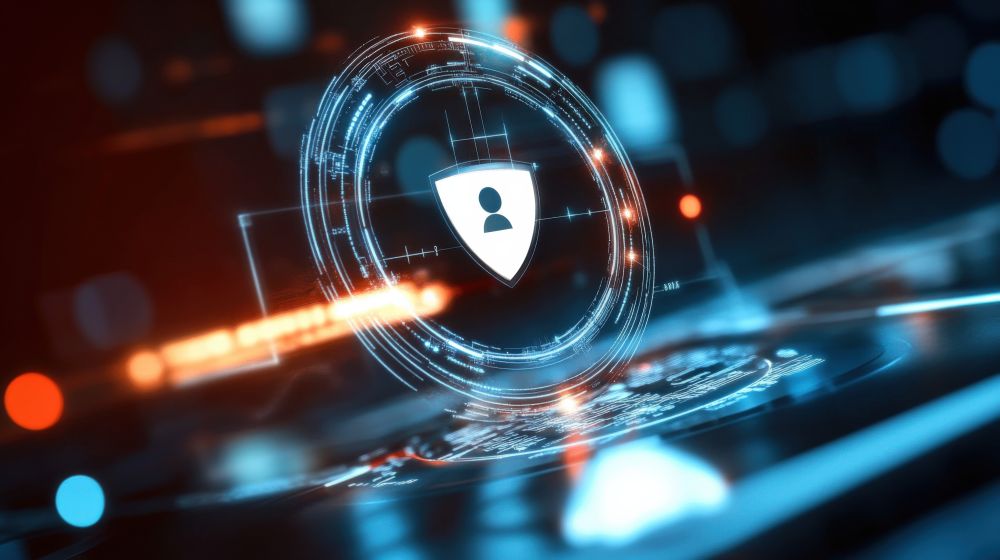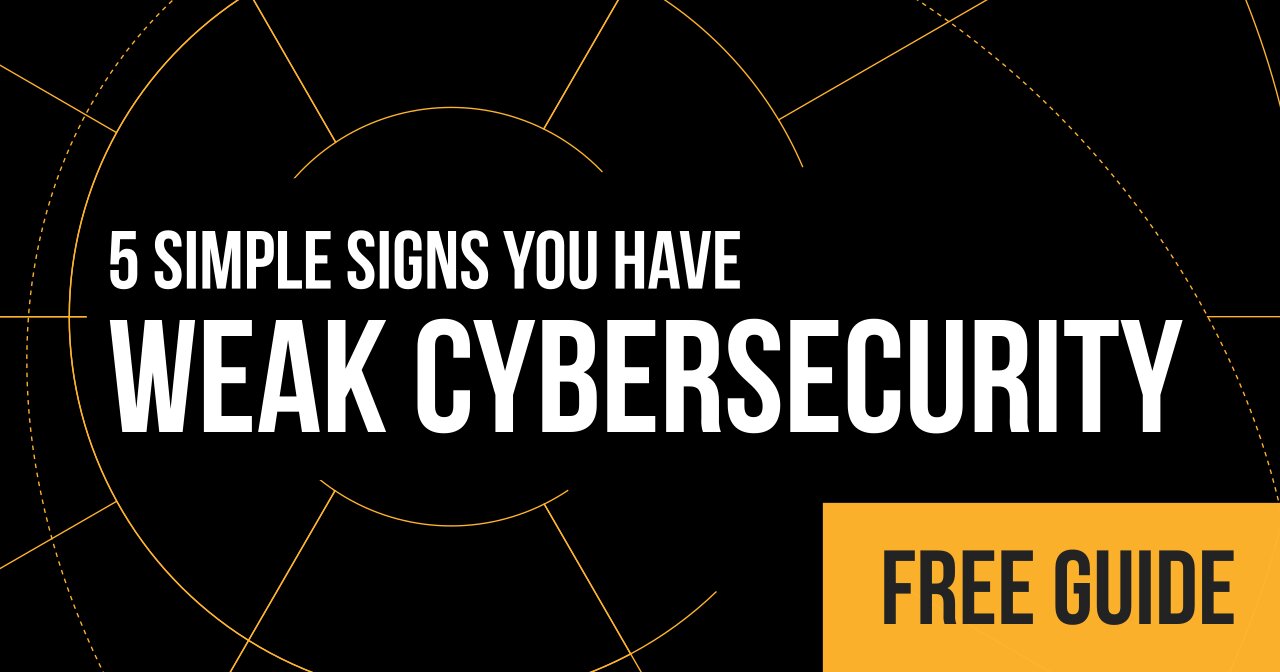
Let’s face it—changing the way your business operates is hard.
You’ve built systems. Created workflows. Trained your team. And even if you know things could be more secure, the idea of altering how people work, communicate, and handle data feels disruptive. Maybe even unnecessary.
But here’s the problem: while you’ve been staying the same, the threat landscape hasn’t.
Hackers don’t wait. Insurance carriers don’t forgive. And legal teams don’t care if “change was hard.”
In today’s environment, doing nothing is no longer a neutral act. It’s a liability. And it’s time to stop thinking about cybersecurity as someone else’s job—or something that can be handled with a policy document and a hope.
Cybersecurity is not a department.
It’s a culture.
And the longer your business avoids change, the more exposed you become.
Why the Problem Isn’t What You See—It’s What You Don’t
In a physical office, you’d never let people toss garbage in the halls, unplug the fire alarm, or leave the front door wide open. But in the digital world? That’s happening every day—and most businesses don’t even realize it.
Employees reuse passwords across platforms. Sensitive data gets stored in personal drives. MFA prompts get ignored. Admin rights are handed out “just to get something done.”
Individually, these may feel like small shortcuts.
But collectively? They’re a liability minefield.
And unlike trash on the floor, you can’t always see the mess you’re making. Not until someone else does—and by then, it’s too late.
The Silent Trail You’re Leaving Behind
Every employee leaves a digital trail. Logins. File access. Communications. Connections to cloud apps.
These trails build up. And if left unchecked, they become clutter. Risk. Evidence of negligence.
Think of it like digital litter. You don’t notice one or two scraps. But over time, if no one’s picking up the mess, your environment becomes unmanageable—and dangerous.
And the worst part? Unlike physical clutter, you can’t sweep it under the rug. If a breach happens, or regulators show up, or an insurance claim gets denied, that trail becomes a map of who had access, who made the decisions, and who failed to act.
Why Change Feels Hard (And Why It Can’t Wait)
Change feels like friction. It means asking employees to follow new steps, adopt new habits, or think twice before clicking a link.
And if we’re being honest? That sounds like a hassle.
But what’s the alternative?
Doing nothing and hoping your business isn’t next?
Waiting for an attack to finally justify the changes you know you should have made months ago?
This is the dangerous mindset that has led to some of the most costly breaches in recent years. Businesses didn’t fail because they lacked tools. They failed because they lacked ownership.
They didn’t create a culture where cybersecurity was everyone’s responsibility. They just hoped their IT provider would catch whatever slipped through.
That’s no longer enough.
Cyber Liability Essentials: A Smarter Starting Point
So how do you move forward without overwhelming your team?
You start small. You start smart. You start with Cyber Liability Essentials.
This program isn’t just about scanning for threats or updating policies. It’s about reframing the conversation—so that cybersecurity is no longer just a technical problem.
It becomes a business priority.
Cyber Liability Essentials helps your organization:
- Identify where you’re most at risk—not based on generic checklists, but based on how your team actually works.
- Understand the legal, financial, and reputational consequences of inaction.
- Start building the evidence that you’re doing the right things—not just hoping they’re happening.
- Create shared ownership—so that every team member understands how their actions impact your company’s digital health.
This isn’t a compliance burden. It’s a survival strategy.
You’re Not Being Paranoid. You’re Being Prepared.
Every day your team delays change, more digital litter piles up. More gaps appear. More blind spots develop. And the longer you wait, the more expensive it gets to clean it all up.
But there’s a better way.
You don’t have to rebuild your company overnight. You don’t have to turn every employee into a security expert.
You just have to shine a light on the trail you’re leaving behind—and start taking small, intentional steps to clean it up.
That’s what Cyber Liability Essentials is designed to do. And it’s how you shift from exposed to protected.
From hopeful to accountable.
From vulnerable to secure.
Ready to make cybersecurity a shared responsibility in your organization?
Start with Cyber Liability Essentials and take the first step toward building a security-first culture that protects your business—before something goes wrong.
Learn More at cyberliabilitymanager.com/cyber-liability-essentials



